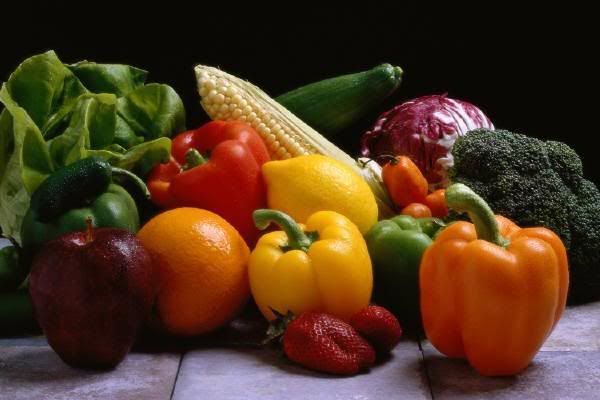Several years ago, my good friend Patricia was heading to a nutrition camp in upstate New York for women with Lupus (SLE) and other serious health conditions. I hadn't seen her for about one-year but she constantly spoke of how much better she felt, she was growing thin and increasingly energetic, and her skin was vibrant. Well, that self-report was just as accurate as could be. She must have summoned all the angels in the universe as well, she was glowing and their song just seemed to follow her. She was able to reduce the amount of medications and eventually was able to kick her medications to the curb with the help of physician. Her labs, her health, her overall well being improved dramatically. Is this going to happen for everyone, probably not but it could improve your overall health in so many positive ways.
How did this happen? While Patricia was gone she learned to adopt a raw food diet. She was eating nothing cooked. No pasta, no rice and beans, no steamed broccoli. Not even tofu (made from cooked soybeans). Most raw proponents are also vegan and strive for a high percentage of organic foods. No wonder Patricia looked so thin and healthy, she was eating nothing but fresh fruit, vegetables, nuts and grains. And most of the produce she was growing organic in her Seattle garden. FYI: Planters make excellent gardens too.
The thought behind the raw food lifestyle that is in heating food above 116F degrees destroys important living enzymes and other nutrients. Advocates of raw food believe that by preserving the living elements of the food we eat, degenerative disease is prevented, aging is slowed, energy enhanced, and emotional well-being is boosted.
Before I was diagnosed with Hypothyroidism, I began making the changes to my diet as well by introducing a number of new Veggie recipes. I started slowly by giving up one or two things at a time: beef and pork, then poultry and so on. It was an easy transition as produce was already a primary staple to my daily diet. I was soaking nuts & sprouting beans and grains. I was reading raw cookbooks both online and purchasing from the bookstore to learn even more. I was making juices and loving the new additions to my daily diet.
The thought behind the raw food lifestyle that is in heating food above 116F degrees destroys important living enzymes and other nutrients. Advocates of raw food believe that by preserving the living elements of the food we eat, degenerative disease is prevented, aging is slowed, energy enhanced, and emotional well-being is boosted.
Before I was diagnosed with Hypothyroidism, I began making the changes to my diet as well by introducing a number of new Veggie recipes. I started slowly by giving up one or two things at a time: beef and pork, then poultry and so on. It was an easy transition as produce was already a primary staple to my daily diet. I was soaking nuts & sprouting beans and grains. I was reading raw cookbooks both online and purchasing from the bookstore to learn even more. I was making juices and loving the new additions to my daily diet.
I haven't lost any weight but I do feel much better. There is no thought of returning to my previous meat eating ways. I love my lifestyle and know that even though my thyroid health is not optimal, my overall health is. My body feels clean, I love the energy and feel refreshed. To be considered a true "raw foodist" you need to only consume 75% raw food in your daily diet. I can easily maintain that high level of raw food daily.
My Favorite Salad:
I was never much of a cook so raw is a perfect match for me. My daily salad consist of an organic spring mix, chopped beats, red onion, yellow squash, cucumber, spouted lentils, grape tomatoes, carrot, green beans or snow peas, avocado .. mixed with a dressing of fresh lemon juice and balsamic vinegar, chopped garlic clove, fresh chopped basil, kosher salt and pepper to taste.
You can add whatever vegetables are in season. I shop primarily at the local Farmers Market to support local farmers but also to keep my costs down. Enjoy eating raw and local grown!!





